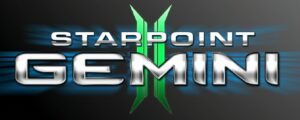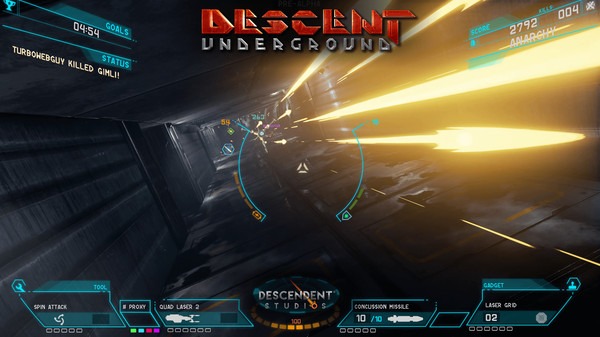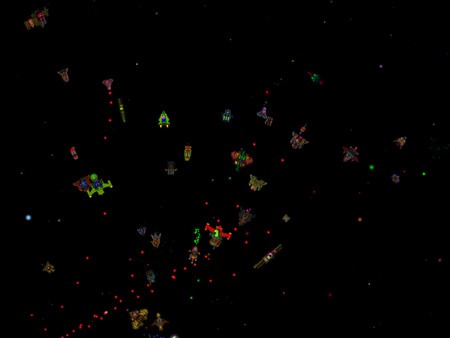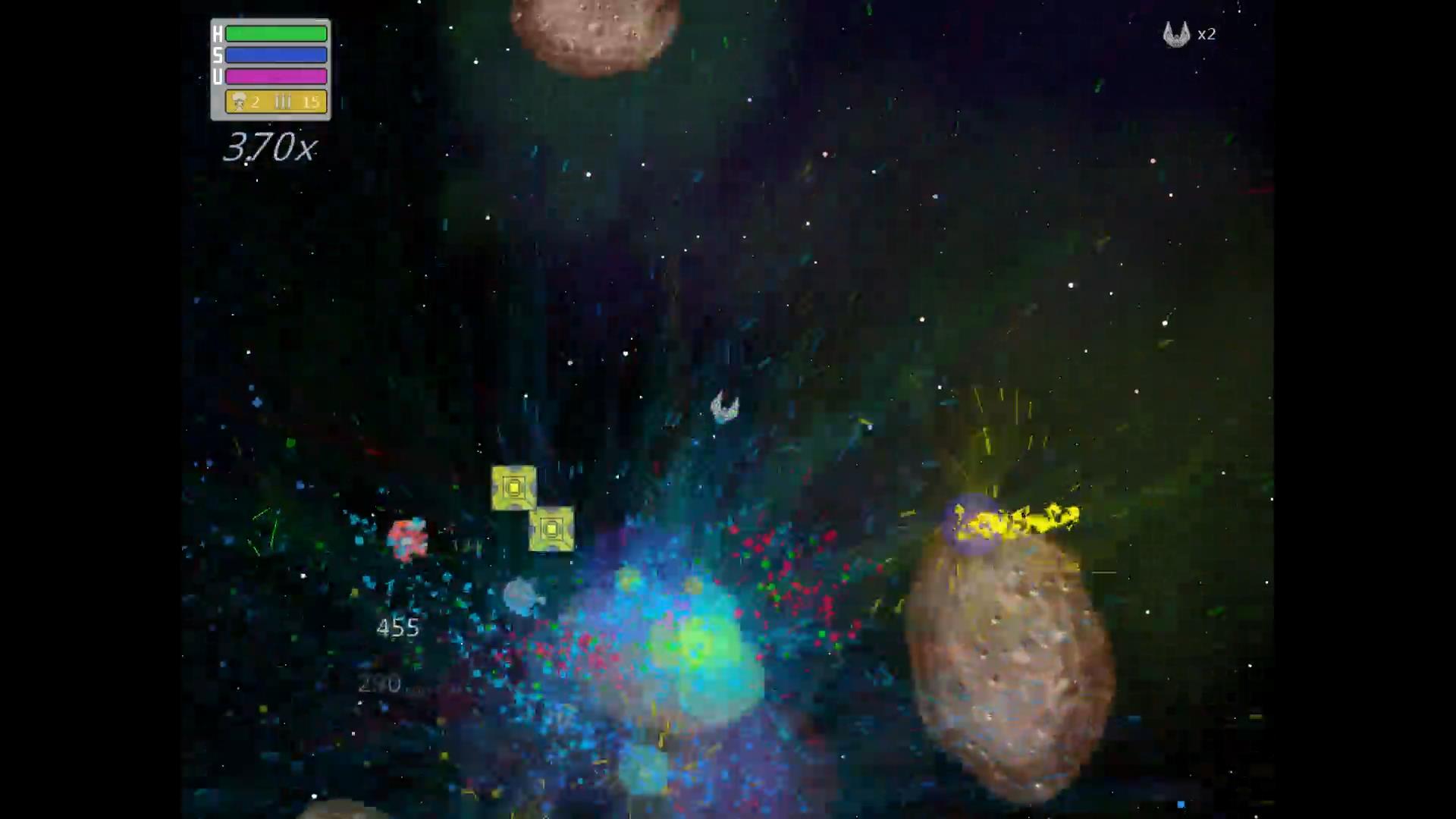
A while back, the folks at LGM Games announced a sequel to the fantastic Starpoint Gemini. A little while back, a sequel was announced, which made me quite giddy. Around that time, I contacted LGM Games to see if I could get a Q&A about the new sequel, and just today got the answers back, answered by LGM Games general manager Danijel Mihokovic. Enjoy!
Brian: First off, congratulations on the sequel to Starpoint Gemini! Let me ask, how well did the first one do sales-wise, and what did you learn from the initial release?
Danijel: The most important thing for us is that we managed to create and get Starpoint Gemini on the market. It was our debut title and breaking the ice on all fronts was quite a difficult task, but the knowledge and experience we got in return is immense. Financially, we’re satisfied. Earnings are as we predicted and that gives us that additional boost in going forward with the sequel.
Brian: The first game received a lot of great support in terms of patches that added features such as direct keyboard control over your ship and so on. What did you learn from supporting the first game in order to hopefully make the second game a better experience right out of the gate?
Danijel: I’d say we’re being more careful this time around when weighing whether to implement a feature or not. While we did carefully consider every feature in SPG, it obviously wasn’t enough and some things like active pause or free camera rotation didn’t get in the initial release. We’ll choose more wisely this time, but as with SPG, what we don’t implement, but turns out to be of great importance, you can bet we’ll add it as a part of the regular updates.
Brian: Speaking of controls, the press release says “direct ship controls create complete immersion.” Can you tell us about the controls in SGII and how they’re different on improved from the original game? Also, does the game still take place on a 2D plane, or has it moved to 3D?
Danijel: I’ll first answer the second part of the question. Starpoint is going full 3D, no plane, no mouse clicking where you want to turn the ship. Full 3D movement is the main reason for making the big change in controls. SPG control scheme simply wasn’t suitable for the idea, the concept, for what we want to do in the sequel. It would lack the precision and speed, in our opinion.
SPG 2 features direct controls. In SPG you click the mouse on a plane. In SPG 2 you’ll use the keyboard, joystick or gamepad (not our primary goal, but it’s one of those “would be good to have” features) to steer the ship; controlling its turn, roll and tilt. Free camera rotation with the mouse is now standard and that is the default view for controlling turrets. Basically, we’ve taken more of a space-sim approach this time, but don’t worry; we’re not letting go of the tactical part.
Brian: The world of Starpoint Gemini was fairly dynamic already, but the press release for the sequel talks about a “dynamic world that changes over time”. What can you tell us about this dynamic world, and how much influence will the player have over the world itself?
Danijel: Player’s behavior will influence a range of things. A key element here is Reputation. Your reputation will make certain things possible (or impossible) and that will change your “perspective” on Gemini; it will further change what you do and where. Playing as a “good” guy won’t be the same as playing as the “bad” guy. Whatever direction you choose, ultimately you will “unlock” special bonuses and missions and finally cause great changes in Gemini.
When saying Gemini changes over time, it literally means over time. You might witness an ion storm appearing in a region, or a strange anomalous area in another that can hold its grip on the region for hours or days. That ion storm can cause a station to be closed off or even destroyed, or a planet to have reduced need for goods (because the population was devastated). Perhaps it will increase demand… It depends on a wide range of factors.
Brian: The press release also points to random missions based on the player’s actions and so on. What types of random missions are available to the player — i.e. cargo runs, espionage, salvage, etc — and how can the player’s actions affect the types of missions and so on?
Danijel: Let’s start with the basics. Different factions have different interests and different ways of doing things. Those are major factors in what kind of random missions they offer to the player. Some company might have more requests for escorting convoys, an outlaw group will try to hire the player to do some smuggling, while a mercenary guild like the Gladius Group will have more jobs of the bounty hunting sort. Naturally, they’ll offer those missions to the player if he is on good terms with them.
If the player changes a region (through a scripted mission) and a faction gets completely cut out from that territory, that immediately changes what kind of random missions are available there. If Rogues lose their foothold in Last Ditch, you’ll have a hard time getting any jobs from them in that part of Gemini.
We realize random missions need more diversity and so we focused on that portion in SPG 2. There are various types of missions and these include: Assassination, Patrol, Capture, Science, Rescue, Maintenance, Station assault, Convoy escort, Station raid, Smuggle… As you can see, the variety has greatly increased since SPG 1.
Brian: In playing the original game, I don’t recall much about the economy besides selling salvage and minerals I mined, yet the press release claims 150 commodities. Can you tell us about the economy in Starpoint Gemini II and how dynamic it is in order to make these commodities meaningful?
Danijel: I admit trading in SPG 1 was done a bit awkward. We aimed for a dynamic system, but I think we went a bit too far with that and it became too random. We weren’t pleased with that system and decided to change trading completely; the entire concept went through a revision. The basic idea is still the same: buy at low price and sell at high price to earn a profit. The implementation is what has changed.
Commodities are divided into categories: ore, gas, component, product, food etc.. Prices and availability of commodities will differ depending on what a certain station is designed to do. Buying or selling Thorium ore on a “hydroponics” station that mainly produces and sells foodstuffs is not the best of ideas. First of all, you’ll have trouble finding that kind of station that will have Thorium at all. Secondly, selling Thorium on that station will be a waste. They don’t need it for anything, meaning they’d be willing to buy it, but for a very low price. You’re better off going to a “factory” station that produces Railguns. Since Thorium is used in the process, you’ll get a much better price.
That said, prices do change, but that’s connected to supply/demand and global events that change that property. And since we’re on the subject of global events, I might add something. There will be special events that trigger “golden” trade routes. For a limited time, certain commodities will have very good prices in specific regions. If you’re fast (or lucky) you could get a hefty profit, but there’s also a warning that goes with it: more profit means more attention from pirates.
Brian: What kind of ships can we expect to see in the sequel? Will they be all new, or will there be some returning from the original game?
Danijel: Ship classes remain the same as they were in the original game (gunship, corvette…), with the addition of the Carrier class. As its name implies, they focus on releasing small fighter/bomber crafts. That combined with a whole range of skills that are applied to fighters should make the Carrier class very interesting to players.
Considering ship design, I’d say it’s fifty-fifty. Roughly half of the ships are completely new and half make their comeback from SPG 1; modeled and textured completely from scratch of course, for increased details.
Brian: In the press release, you say you can explore the game universe as a whole, rather than cut out maps. I’ll admit that the loading screens between jump gates did break the flow for me, so can you tell us how this was addressed and how it affects the performance of the game?
Danijel: This is actually my personal favorite feature in SPG universe. We’ve carefully read all comments on SPG that we could and decided that an absolute must-have in the sequel is streaming. No more loading screens; no more loading in general. Once you start the game (or load from a saved point), you’re free to travel anywhere. T-Gates do exist but are used only for faster travelling, not as loading points for the next map. There is no “next map”; it’s all one huge area. This time Gemini loads dynamically as you travel through it. All tests so far show that performance won’t be an issue, especially when the game goes through detailed optimization. One of the essential parts of that optimization is already up and running and that is model instancing which greatly improved performance.
Brian: It looks like Starpoint Gemini II will give players the ability to mod the game. What kind of tools will you be giving the players, and what will they be able to do with them? For example, can they make whole new total conversion mods, for example?
Danijel: SPG 2 is setup like a “shell”. The game itself already functions like a mod. All that’s needed for anyone to start a mod is to place all changed (or new) files in the appropriate mod directory. When the game starts, it goes through all mods and gives the option to start any of them. If you choose one, then the game uses the new files instead of the default game files. That makes it possible to change anything in the game: from a ship description to the entire Gemini universe.
Considering tools, we’re doing it right this time. They’re designed from scratch to be as user-friendly as possible, but perhaps more importantly, they have to be completely stable.
Brian: Finally, what’s the one thing you’re most exciting about bringing to Starpoint Gemini II that wasn’t in the first game?
Danijel: I’ll mention two things. The open universe that I mentioned before, and direct controls; I think it’ll be a great feeling to chase a cruiser with my corvette through a dense asteroid field, dodging asteroids and weapons fire, all the while trying to get that perfect aim to blast it out of the sky. I’m really looking forward to it, and well…I hope I’m not the only one. :)




Looking forward to this, enjoyed the first installment.
Right? ME too! Had a really fun time with the first one.
Well, to be fairly honest I didn't really enjoy the first game. I really had my hopes high when I got it but after playing it for a bit I realized it's not really what I was hoping it would be.
However, now I find myself in the same situation, cause I'm looking forward for this new installment as I'm sure the devs will add a lot more features and cool stuff in, so I'll be keeping an eye on this one.
What were you hoping the first one would be, if I may ask?
Sounds good; I enjoyed the first game. Any idea on a release date? :)
Welcome to the blog Tycow! To answer your question, I beliiiiiieve they said Q3 of this year.
Thanks Brian, nice interview. Long time lurker/fan, do thought it was about time I commented. :-)
Yay, I love comments almost as much as I love visits! :) Thank you for both! :) I hope you’re enjoying your time here. :) Yes, I’m smiley! ;)